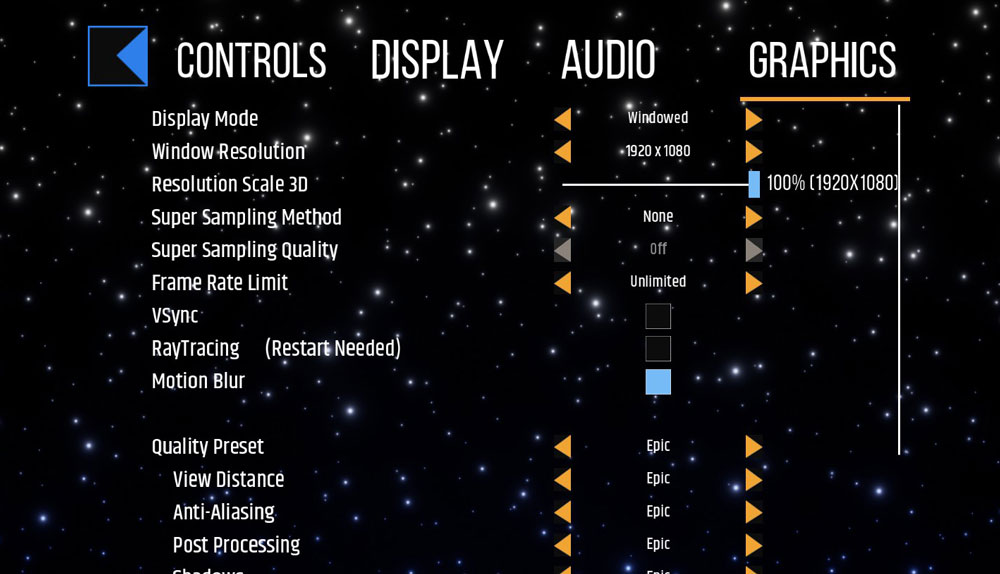

Once there, he/she discovers two brothers trapped inside similar books, each of whom blames the other for the murder of their father Atrus and the destruction of his library. Myst (1993): The player is transported to a strange, deserted island by reading a magical book.Atrus, the main non-player character in the games, is one of the last survivors of the D'ni (though he's three-quarters human). The D'ni had the ability to write about locations they imagined in special books that could then physically transport a person to the places they described. The Myst games deal with the D'ni civilization, a race of people (not humans) that lived in a cavern under the Earth until their civilization fell a few centuries ago. This leads to the player's becoming something akin to their family friend, and subtly integrating the player themself as a character into the world of the game by avoiding dictating the nature of the protagonist. It is also worth noting that characterization of 'The Player' (sometimes called 'The Stranger') is achieved after an interesting fashion in that the few NPCs that play a primary role, Atrus and his family, treat the main character with familiarity that develops as the series progresses.

(He also created Starship Titanic, which was a game with a very similar premise IN SPACE, with snarky robots.) The late Douglas Adams, upon playing Myst, cheerfully declared the game to be a ' Beautiful Void' due to the lack of other characters or life of any kind.

It has even been accused of helping to hasten the 'death' of adventure games, even though many gamers were introduced to the genre by Myst and its sequels.

Unsurprisingly, adventure fans are heavily divided over the merits of the game, with most players falling firmly into the 'love' or 'hate' camps. Myst is famous for its mind-bending logic puzzles and lack of character interaction - most of the games feature only a handful of NPCs and very little dialogue.


 0 kommentar(er)
0 kommentar(er)
